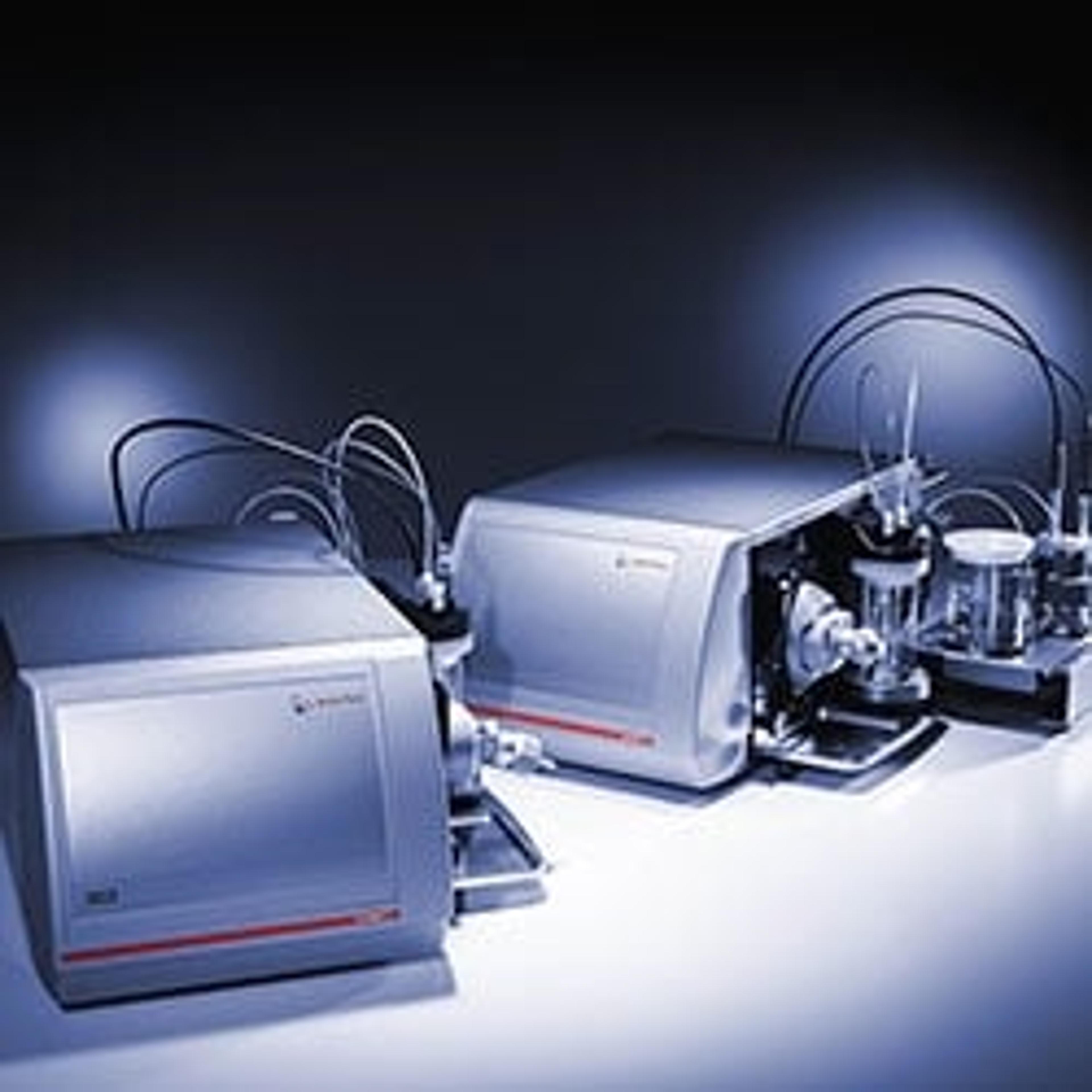Testing on Real Materials for Insights into Surface Characteristics
16 Apr 2012Knowledge about the adsorption of compounds dissolved in a liquid on solid surface is important for tuning material properties and process optimization. SurPASS from Anton Paar is a highly sensitive instrument for solid surface analysis and therefore ideally suited for monitoring adsorption processes. Its capability to measure streaming potential and streaming current at the highest sensitivity makes it possible to detect adsorption phenomena. The Attract software visualizes adsorption in an automated and easily understandable way and allows SurPASS to be used to study adsorption and desorption processes on real material surfaces.
SurPASS with the Attract software provides a new method for:
• fully automated testing of the
• time and concentration dependences of adsorption processes
• on real material surfaces.
The main applications cover detergency and cosmetics, wet-chemical cleaning as well as biotechnological and medical investigations.
SurPASS makes use of the changes in the surface charge at the solid-liquid interface upon adsorption and desorption. The surface charge and its changes are described by the zeta potential. For macroscopic solid surfaces the zeta potential is determined from streaming potential and streaming current measurements.
The combination of SurPASS and the Attract software provides a comprehensive and straightforward analysis of solid surface chemistry under environmental and operational conditions.
Direct method: Adsorption and desorption processes are measured directly on solid materials. There is no need for preparation of model surfaces.
Adsorption on real samples: The SurPASS method enables studies of adsorption and desorption processes on technical sample surfaces. This allows investigations into possible changes of surface properties due to storage, ageing or wear due to operation.
For all types of solids: The various measuring cells of SurPASS accommodate solid samples of different sizes and shapes.
Combination with surface analysis: After completing the adsorption process, further surface characterization with SurPASS adds information about the chemistry of the adsorbed material.
Simulation of real flow conditions: The liquid flow across planar surfaces or through permeable samples resembles real behavior, e.g. the rinsing of hair during shampooing or blood flow within veins.
Time and concentration dependence: Both adsorption kinetics (time dependence) and adsorption isotherms (concentration dependence) are directly accessible by monitoring the respective change in the zeta potential.
Straightforward information: The SurPASS method allows direct visualization of adsorption and desorption processes on solid materials without the need of sophisticated evaluation or expert knowledge.

